This post contains affiliate links that helped me with being more zero waste at home, which means I may receive a commission at no extra cost to you if you make a purchase after clicking a link.
The zero-waste movement is becoming more and more popular among people ready to see a change in the way we steward our earth. Going zero waste at home is one of the easiest ways to contribute to the cause of this movement.
The zero-waste movement does receive some criticism because some people feel it misses the point of true sustainability practices, but it is hard to argue against someone wanting to be less wasteful. Being wasteful does so much harm, and not just to the environment! It also harms your wallet and your spirit.
Why Go Zero Waste At Home?
While one person being zero waste isn’t going to solve the garbage issues in the world, the true goal of the movement is to examine our habits and how those habits translate to the way we spend our money.
When consumers say they want ethical brands that take their company’s impact on the earth seriously, we can make a difference by supporting brands that do that.
Whether you want to go full-blown zero waste, or you are just interested in adopting a less wasteful lifestyle, here are my top 10 ways to go zero waste at home!
1. Ditch Paper Towels
Going zero waste at home starts with removing disposable products from our lives.
Trees aren’t the only thing used to make paper towels: there is also a crazy amount of water used to process these trees. Quite frankly, we are using paper products at a much faster rate than the rate at which we can replace them.
If every household replaced one roll of standard paper towels with a roll of 100{9994046f29331ee04cc0b5e07eb28364315ea03ccc2f01b5a43e8b85b372d1e9} recycled ones, that would save over 544,000 trees! But we can do even better than that–we can ditch them altogether.
Flour sack towels are an inexpensive way to replace paper towels. They cost on average $1 apiece, so it is quite easy to stock up and not break the bank.
They are impressively absorbent for how thin they are, and they hold up well over time. I have been using the same ones for years!
Of course, there are cute tutorials out there for “Unpaper Towels,” but I typically can’t keep up with that stuff. I’m not going to snap them all up and roll them into a tube shape. I have way too much to do in my day as is. 🙂
With flour sacks, I just wash, dry, fold, and store in a kitchen drawer and my linen closet. It works great for us!
2. No More Bottled Water


Time to either drink from your tap or get a water filter! Get a glass or stainless steel reusable water bottle and keep hydrated without going through 6-8 bottles a day.
My family loves using reverse osmosis (RO) systems, and while traditionally reverse osmosis can wastewater, there are some quality low waste systems (like this system from Home Master) or even zero-waste systems out there like the Watts system.
We installed an iSpring Reverse Osmosis system in our old house and loved it. It was easy, reasonably priced, and gave us great water. However, it is not a zero water waste system. We bought it several years ago without realizing how much water could be wasted.
Reverse osmosis removes contaminants to give you the purest water possible. Some people worry about the RO system removing minerals from their water, but we get sufficient minerals from a balanced diet. Plus, the minerals in drinking water are usually poorly absorbed anyway.
3. Get Some Party Plates & Cutlery For Guests
I’m going to assume you aren’t using disposable plates, cups, and cutlery on a daily basis. If you are, then it’s time to start using regular plates again!
While you may get overwhelmed at the idea of using regular plates for a party, take a deep breath. It is not as much work as it sounds!
We host fairly often. My first motivation for moving away from disposable plates was to save money. I didn’t like the cheap, small plates for parties because people almost always use several that way, either by layering or just getting new plates. Plus they are hard to eat off of!
That left me purchasing higher quality disposable plates, but they were expensive. Eventually, I decided to invest in a stack of real plates.
You can get sets of plates easily from thrift stores. That would be my first choice to reduce waste. But there are also inexpensive sets available online, such as this one, but they will most certainly ship with lots of packaging.
I got what I could at a thrift store and ended up getting the rest at Target (in-store, no packaging).
There are also reasonably priced stainless steel plate options for kids if you worry about kids breaking plates.
As far as cutlery and water cups go, we use lots of mason jars and got some extra forks and spoons at a thrift shop.
4. Invest In Reusable Cleaning Products

My favorite zero waste cleaning supplies are various E-Cloth microfiber cleaning products.
They are a high-quality microfiber and are so amazing! More reasonably priced than Norwex, they hold a similar level of quality. They also have awesome sales and coupons on their website.
You can tackle any cleaning job in your home without ANY toxic chemicals whatsoever. All you need is your E-Cloth and water.
That may sound too good to be true, but quality microfiber is scientifically proven to be 99{9994046f29331ee04cc0b5e07eb28364315ea03ccc2f01b5a43e8b85b372d1e9} effective at removing germs and bacteria from surfaces.
I wrote a detailed review of the E-Cloth mop system that replaces the need for a Swiffer. No toxic chemicals or wasted disposable pads. I love this mop! We also love the kitchen, bathroom, and stainless steel cloths.
Microfiber cleaning products are being criticized lately because synthetic materials can shed microplastics in the wash contributing to plastic pollution in our water.
However, it is important to remember that it is ANYTHING not made from an organic material that has the potential to do this, not just microfiber. So any clothing you have that isn’t 100{9994046f29331ee04cc0b5e07eb28364315ea03ccc2f01b5a43e8b85b372d1e9} cotton has the potential to do this, too.
Also, there is a difference between the cheap microfiber you pick up from the hardware store or Dollar Tree and a high-quality microfiber, like E-Cloth or Norwex.
Both E-Cloth and Norwex are woven much more tightly than cheap, generic microfiber cloths. That means they are going to shed significantly less.
You don’t need to wash these rags as often as you might think, either. With day-to-day use, you can usually gently handwash in the sink. If the rags are soiled, then yes, you can throw them in the wash where they will be cleaned more vigorously and theoretically have shedding potential, but again, due to how tightly they are woven, it is not as likely.
5. Consider Cloth Diapers
If you do not have small kids go ahead and skip to number 6.
Not only are cloth diapers less wasteful & work better than ever before, but they also are adorable and can save you considerable money if you don’t go overboard when purchasing them, which let’s face it…that’s hard to do when they’re SO cute!
Unless you want to practice elimination communication, there is no way to diaper your child without creating some sort of waste.
Yes, cloth diapers need some extra water and detergent to get them clean. Some may call that wasteful.
But disposables require much more water for manufacturing than cloth diapers need for washing, and a disposable diaper takes 450 years to decompose. That means our children’s diapers will still be around in a landfill for many generations to come!
If you wish to cloth diaper in a way that protects the environment as much as possible, check out this post: Disposable Diapers vs. Cloth Diapers: Which Is Greener?
6. No More Plastic Wrap or Ziplock Storage Bags
As a replacement for plastic wrap, I have been digging beeswax wraps. I got mine through my Mighty Nest subscription, but you can also get them on Amazon.
They are a piece of cloth soaked in beeswax, jojoba oil, and tree resin. This makes the cloth sticky enough to wrap about food, cover bowls, etc.
You hand wash them with cold water, but oftentimes all I need to do is rinse them.
If you want to try out some Beeswrap for a reasonable price, try the MightyFix for only $3 and get 2 sheets of Bee’s Wrap for your first month with promo code BEESFIX3.
As for a ziplock bag replacement, I LOVE silicone Stasher bags. They are awesome!
Dishwasher, microwave, freezer-safe and leakproof. They are a great replacement for plastic zipper bags that just get used once and thrown out.
I have been buying them one at a time to build up a collection without breaking the bank. I do quite a bit of food prep, so these come in handy.
Check out this post for more reusable sandwich bag suggestions.
7. Get Reusable Produce & Grocery Bags
It seems like such a waste to grab plastic produce bags at the grocery store. They are very hard to reuse, and it pains me every time I’m at the store and I forgot my reusable ones. With certain produce items, I’ll skip the bag altogether if I can.
I got my reusable produce bags from Mighty Nest, but there are plenty of options for them on Amazon.
As for reusable grocery bags, most people have a few around the house already, but remembering to bring them to the store is the biggest issue.
I do most of my grocery shopping at Aldi and Costco, and neither place gives out bags, so I pretty quickly got into the habit of remembering!
What helps me remember is that after I bring the bags into the house and unload the groceries, I either bring the bags back to the car right away, or if I am being a little lazy, I hang the bags on the doorknob to the garage so I can grab them the next time I go to the car.
Storing them in the car has been the easiest way for me to remember them. If you don’t already have some reusable bags at home, there are TONS of options online. But what I usually do is just pick up one here and there at the checkouts of different stores when I see them for $1.
8. Cook from Scratch
Over half of the plastic thrown out in 2015 was from product packing.
When you buy whole foods and cook from scratch, utilizing bulk bins, fresh produce, and local meat markets, you can avoid plastic packaging much easier.
In modern supermarkets, it is very difficult to avoid packaging completely. You may not be able to be perfect at this, so please don’t look at this as if you have to be all or nothing.
Some “zero waste” people may truly not generate any waste, but they have the privilege of access to different markets that can help make this possible, and may not need to worry about price shopping. If you live in a food desert, avoiding all food packaging will be impossible.
Just do the best you can. Choose whole foods with the least amount of packaging when it makes sense to do so.
9. Consider the Packaging of Your Purchases
Outside of food packaging, you can be more conscientious about how any household item you buy is packaged. Product packaging can make or break your efforts for going zero waste at home.
I like to use powder detergents specifically so I can get the cardboard package. While you can plan to recycle plastic containers, unfortunately, recycling plastic only helps part of the problem.
In many places across the country and the world, recycling systems have limitations. Recently, I’ve learned what can happen to recyclables when you recycle dirty items or types of plastic your local recycling center can’t handle.
Recycling dirty things or types of plastic your recycling center can’t handle can contaminate whole batches of good recyclables, making them unrecyclable, too. This is called Aspirational Recycling.
Recycling is still good, obviously, but I have learned you have to be responsible with it. It is not responsible to throw everything in the recycling bin.
Because of this, I am trying harder to avoid plastic packaging. Little bits and pieces of plastic (like what happens when you are cutting apart packaging) can clog up machinery.
10. Give Up Single-Use Items & Individually Packaged Snacks
Single-use plastics are something we try very hard to avoid in our home. Like most families, we aren’t perfect, and sometimes other factors (such as price) play a role in our purchasing decisions.
But we are intentionally working to remove single-use and individual serving snacks from our lives.
I wrote another article with some great tips for low-waste snacks. Sometimes it seems difficult to do when you have toddlers in the house, but it is possible!
Zero Waste At Home- You Have to Believe Every Little Thing Helps
We live in a time where no one can agree on what to do about environmental issues. Some people believe that until the biggest offenders (countries or corporations) work to make changes, there is no point in anyone else making changes, either.
While there may be some truth to that, the fact is that every little thing can create a ripple effect. Going zero waste at home may not fix the world, but at least you are doing what you can to leave the world a better place for the next generation. That’s more than most people can say.
It makes no sense to complain about environmental issues, like growing landfills, but not be willing to do anything about it.
Your community’s waste products directly affect your local landfill. If you think your family’s waste doesn’t matter, you are mistaken!
What are some other ways your family has worked to reduce waste? Let me know in the comments!

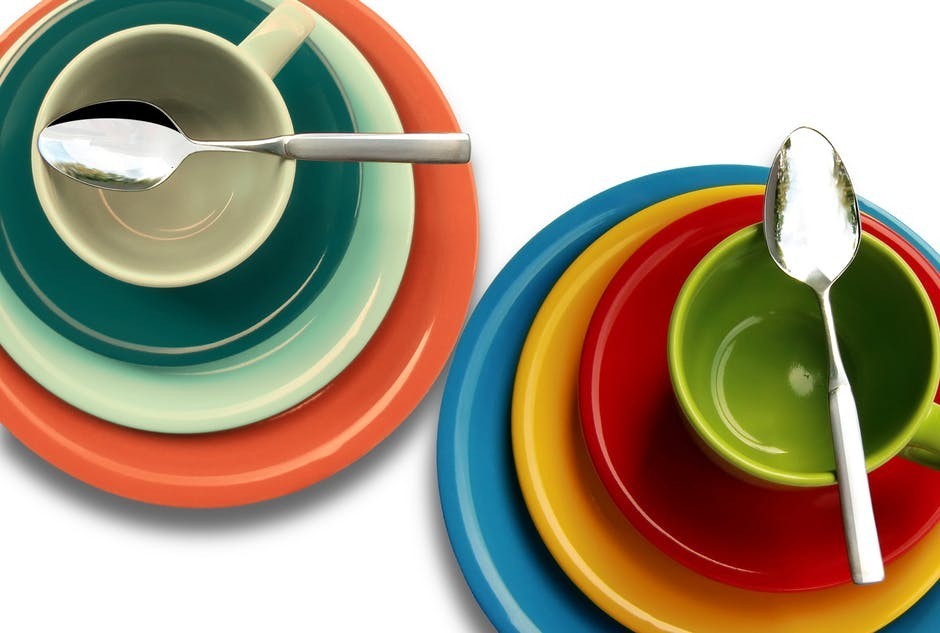



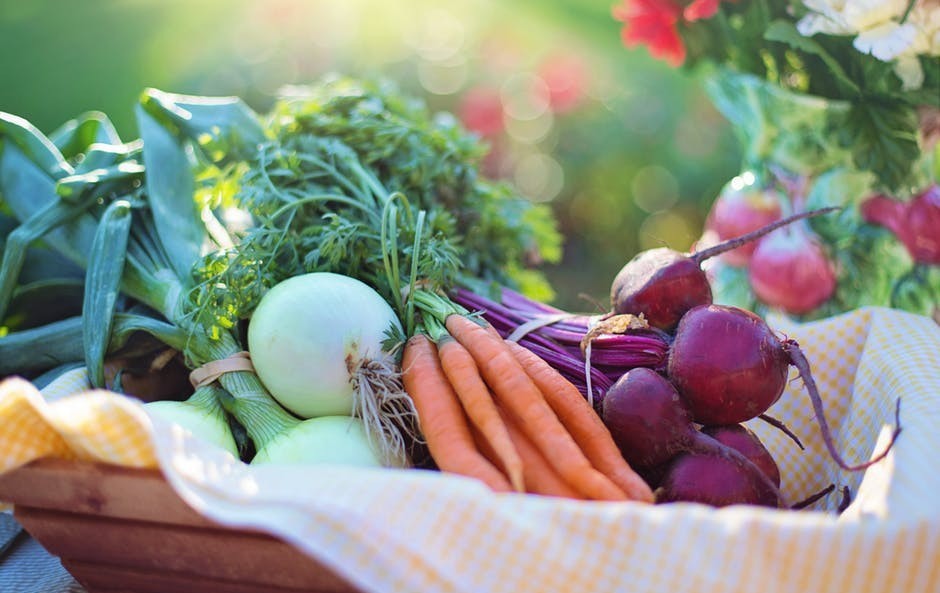
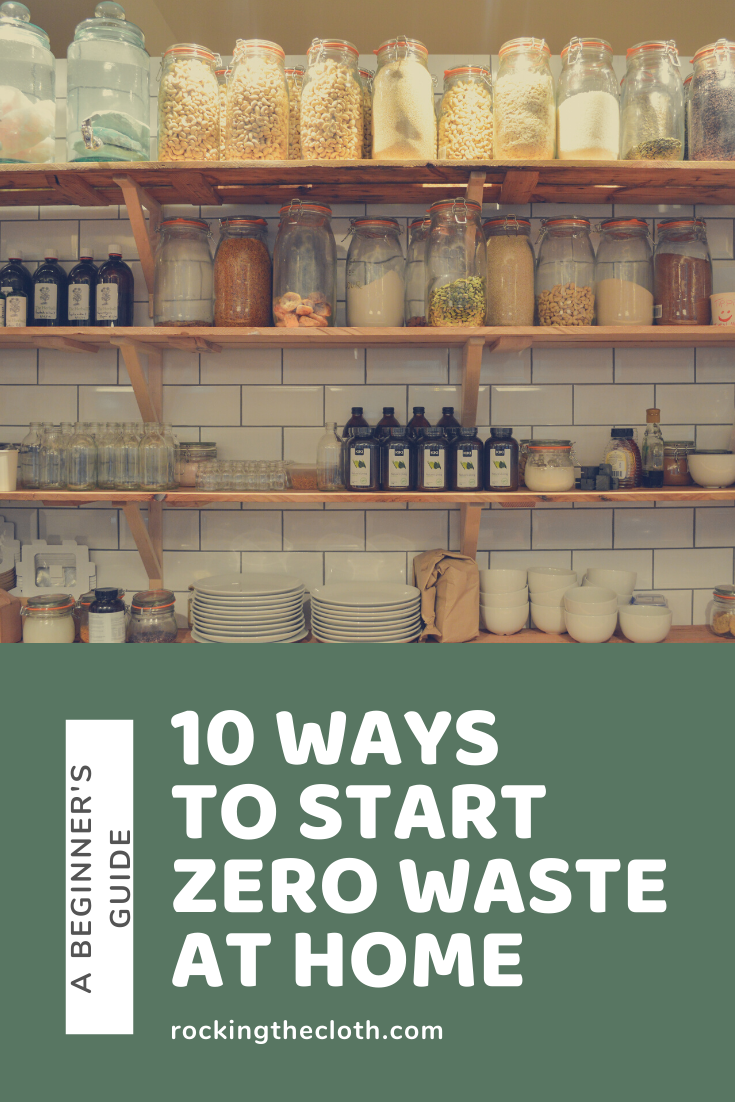
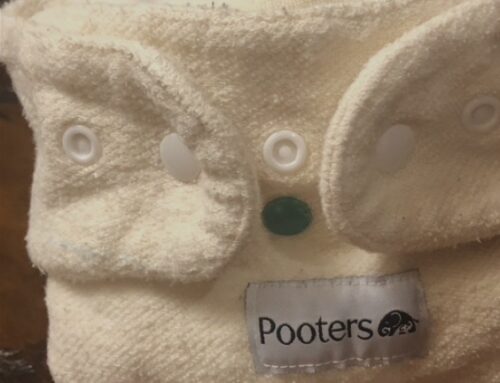
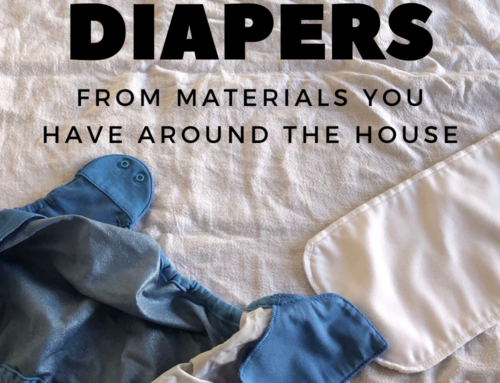
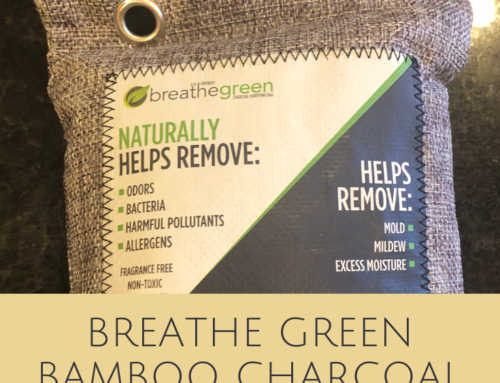
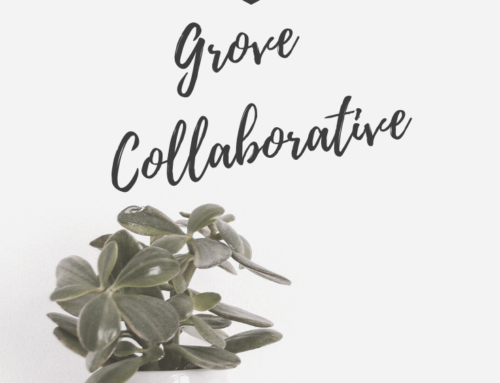
Hi Holly,
Thanks for this informative post. We are trying to do our best at home to cut down on waste, especially plastic waste. It can be very difficult to cut out single use plastic altogether, mainly because you don’t realise the plastic isn’t recyclable when you buy something. But this is is down to being aware of the packaging standards.
Hi Tom! I agree, it can be very difficult to know recycling rules sometimes.
Paper towels are a HUGE problem for me. I am so used to just grabbing one and wiping things up and being able to just throw it out right away rather than wash it, it would be a huge adjustment for me to have to wash towels every single time I have to clean up a mess. I do keep a hand drying towels in my kitchen to avoid using paper for simply drying my hands, which does cut down on the paper towel use quite a bit.
I am really bad about using paper plates and plastic cups as well. Maybe it’s just my age and I will grow out it.
I’ve never heard of these Beeswraps, very interesting.
This definitely made me feel like I could be doing so much more to eliminate my waste, thanks for sharing these great tips!
Hi Kara! It definitely would be an adjustment to make new habits, it always is. 🙂 I think it would be worth it though! It doesn’t have to be all or nothing, either.
We are always looking for ways to save on waste and to recycle as much as possible. These tips are all great. I am already only eating “real” food. So we rarely buy packaged food. And when I do shop I use canvas bags. We also reuse our ziplock sandwich bag. It is easy to wash, turn inside out and dry. We also use cloth napkins instead of paper. I’m with you, every little bit helps out the environment.
Great, Wendy! “Real food” is so much healthier and less wasteful!
Thank you for the awesome post! There is one thing on the list that I know for sure works, and that is switch to cloth diapers! This has saved us so much money over the months of having kids who need them. We have saved hundreds of dollars over two kids thanks to this! Thank you for sharing that knowledge with other parents!
No problem, Jessie. Thank you!
Hi Holly. What a fantastic blog. My wife and I are always searing for ways to achieve less waste and hence reduce our carbon footprint. You have some incredible ideas highlighted, although I’m glad we’re passed the nappy stage. I can still remember washing those of our first daughter. The paper towel idea is a good one that I hadn’t known about before and will definitely utilize from now on. We always avoid using bottled water, instead we carry around our own filtered water in a flask.
The one thing I thought you might like to investigate is the use of Hemp in making day to day products. I do know that hemp can be made into many items, including a form of biodegradable plastic and house bricks. Thanks Jim
Hemp can definitely make some awesome products now! So much more sustainable than may of our other materials we rely on.
I absolutely LOVED your article. I can’t say that I am zero waste, but what I can say is this, I tend to reuse and re-purpose a product until there is nothing left to use. I live in a small desert community and our water bill is WAY off the charts for minimal use. That said, an RO system used to filter our very bad water would be extremely costly. I know this because water was a large part of my career prior to retirement. But I save as much water as I can. Plug the tub and use the water after a shower to water what few trees and plants I have on my property. Water conservation is a big thing for me. I remember back in the drought in the late 70’s early 80’s in northern California, our Governor had a saying, “if its yellow, let it mellow, if its brown flush it down.” I don’t go to quite those lengths, but I think you get my drift.
I will agree with you, it is important to try and reduce when possible. In my home, very little is tossed out after a first use. Heck, even most of my clothes are thread worn after years of wear, and when I am through with them, I usually keep them around for use as rags or other things.
Great article Holly
Thank you
Hi Johnny! Yes, RO systems can waste water for sure. Did you see the zero-waste RO system that I linked? It used electricity so it is able to go through the process without wasting water, which may be good for people in dry climates. I’m wondering your thoughts on that.
You brought some insightful ways of being economical with what we have at home. I’ve been using rug towels all my life. I did not replace them completely with the paper, but still I use it to dry my hands face and body. Also, I do not use plastic bags when I go shopping. I have my reusable bags and they are much more reliable than regular ones.
Thank you.
Strahinja.
I’m glad you’ve found some easy swaps that work for you!
… [Trackback]
[…] Read More: rockingthecloth.com/top-10-ways-to-go-zero-waste-at-home/ […]
fantastic post, Holly… Yes we should all be thinking a lot more about recycling, but I also think big companies out there should also cut out packaging as most people go to supermarkets for convenience. I’ve noticed that most supermarkets have cut out their meat counters and you are buying off the shelf instead of butcher style. It is such a shame…
I like your thinking. Looking after our planet is so important, and so is growing trees instead of cutting them down, makes me sad to think the rainforest the lungs of our planet is being hacked away every day.. its people like you who share this information and remind people that we should be taking care of our planet the best we can…
Thank you, Holly, for your post.
You’re welcome!
This are great ideas to incorporate zero waste at home! Thank you for putting them together. I already follow majority of them, but I have to get better with paper towels. For the moment I am combining them with flour sack towels. Maybe it’s time to ditch paper one’s for good in the new year!
Good luck, Katja!
This is a fantastic piece. The two things I want to most thank you for are your willingness to not act like going zero waste is going to solve the environmental issues thanks to large corporations still producing most of the harmful emissions, and your acknowledgement of privilege when it comes to shopping options.
I think we could get a lot more people committed to reducing their waste if we approached it from the standpoint you have, of just doing what you can instead of demanding perfection.
I know for plates you can get some nice ones, even glass ones, at dollar stores for very little and because you buy them by piece, you don’t have the packaging that accompanies them.
Thank you CJ! I definitely agree that demanding perfection really misses the point. Humans will ALWAYS have some kind of impact on the planet for as long as we are here. All we can do is try to reduce our excessive and needless consumption and make better choices when we are able to do so, but we will drive ourselves crazy if we approach this as all or nothing.